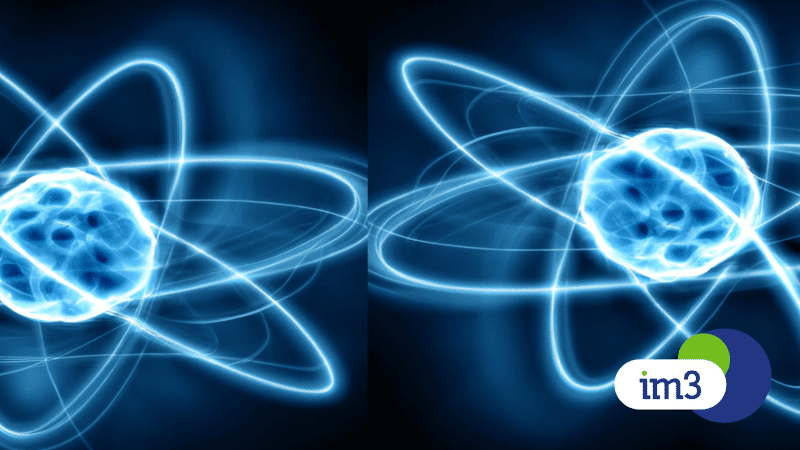02 May Celebration of the Electron Day
We applaud the particle without which… we simply couldn’t applaud
The human body of an adult, with an average weight of 70 kg, contains approximately 7×1027 atoms, mainly oxygen, carbon and hydrogen. With so many atoms, it would seem that we should be ‘completely full’; however, the reality is that more than 99.999999999999% of the volume we occupy is… empty.
So, if we are so empty, how is it possible that we can clap without our hands passing through each other? The answer is initially associated with the fundamental particle that is celebrating, after its discovery was announced on April 30, 1897 by Joseph John Thomson, for which he would receive the Nobel Prize in 1906.
The electron, whose symbol is e− or β−, electric charge −1.602×10−19 Coulomb, and mass of 9,11×10−31 kg (1/1836 the mass of a proton) and spin ½, so it is of the family of Leptons (and therefore they are also Fermions), and participates in 3 of the fundamental interactions: weak, electromagnetic and gravitational.
Fermions, including electrons, present a phenomenon known as the Pauli exclusion principle, by which, if two atoms, which are surrounded by a cloud of electrons, approach each other, the electrons are distributed in such a way that the two clouds avoid each other, resulting in a repulsive force.
When we clap, the hands do not pass through each other precisely because of the Pauli exclusion principle.
Im3 is an engineering firm specialized in power system and signal electrical technologies, for which we strongly applaud the celebration of International Electron Day.


